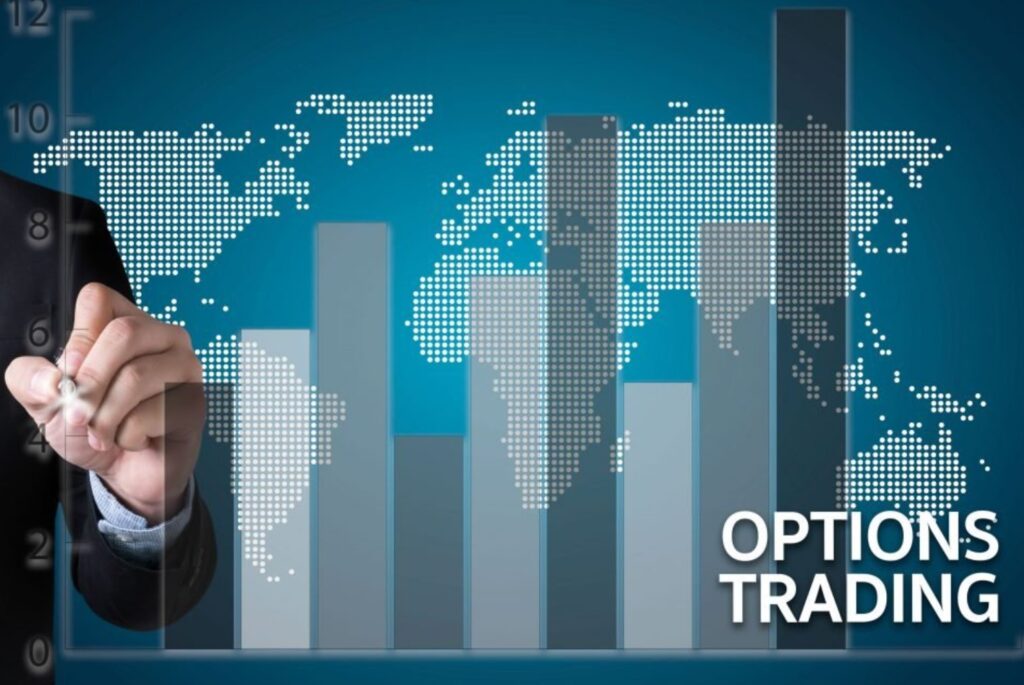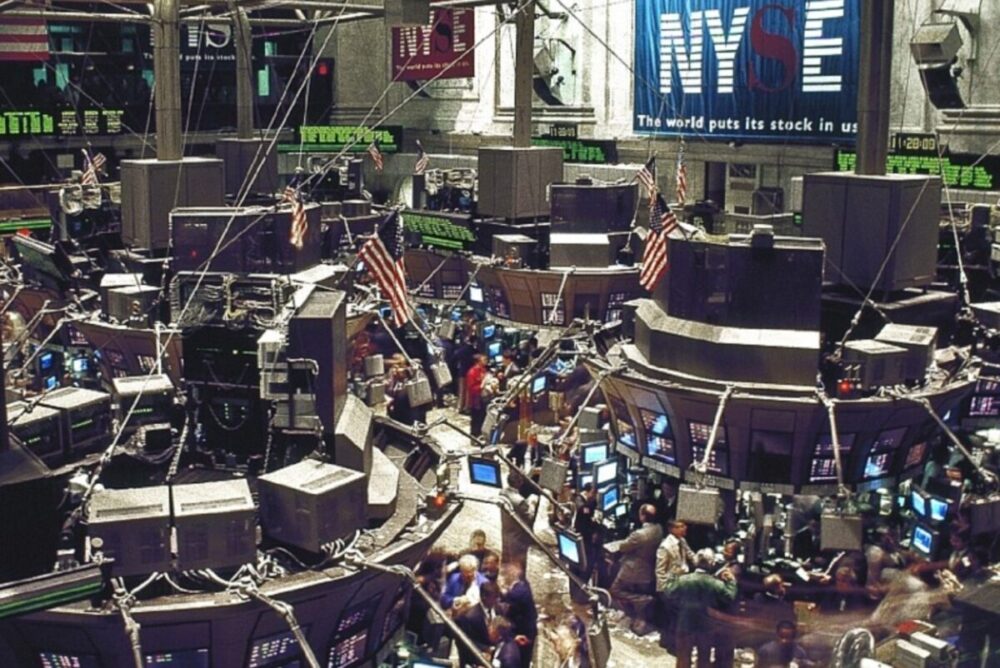In these days and age, financial markets have no shortage of trading systems intended to provide users with an efficient tool to make money. However, the great bulk of traders, especially those who are relatively new to the subject, still try to reach their goals without a plan or clear idea about future investment.
Needless to say, they often fail to succeed, netting out much less money (if any) than they possibly could by taking advantage of a certain strategy. The bottom line is, if you are plotting to become a serious player, you have to master one of the trading products. Here are the different trading systems you should know more about – of course, if you want to grow your money.

Forex Trading Systems
Forex trading systems are based on a series of analyses that help determine whether a trader should buy or sell a currency pair. At the core, it is a classic example of a rule-based approach to the idea of trading, therefore such systems can be easily automated – in a nutshell, they are just algorithms that users run on the basis of the market signals.
Even though there is no one-size-fits-all solution for designing the best Forex trading systems, the importance of a quality product is hard to overestimate. As stated by experts at NetPicks.com, a good Forex trading system among other things provides the discipline to overcome the fear and greed that in many cases paralyze a trader and prevent him or her from making timely decisions. Being an advantageous mix of art and science, Forex trading systems are used by many traders who often develop their own variants to get even better results.
The forex market has numerous advantages and one of them is that it is traded 24 hours a day, five days a week, starting each day in Australia, getting strength in Hong Kong, Singapore, Tokyo, Paris, London, Frankfurt, and ending its journey in New York. In addition to that, the forex markets are the world’s largest in terms of daily trading volume, meaning they also offer the most liquidity.
Futures Trading Systems
Just as its name says, Futures trading deals with futures contracts standardized for quality and quantity across many different markets. Futures contracts come in many forms but all have one thing in common – they have no value by themselves and oblige the buyer or seller to purchase or sell some underlying asset at a preset future price and date. The available instruments include commodity markets, bonds, and currency futures, as well as stock market futures.
It is worth mentioning the Futures markets are regulated by the U.S. Commodity Futures Trading Commission, an independent government agency that ensures a high level of protection for all the participants in the market. A typical futures contract contains such data as contract size, minimum price fluctuation, price fluctuation value (ticks/points), terms of settlement (speculators never take a delivery). Trading futures is a pretty risky business, and you can’t really make it without the help of a sophisticated system, hence consider getting a decent product to maximize your odds.

Options Trading Systems
Perhaps the most confusing type of trading at first glance, options trading is much easier to understand when you know a couple of major points. What’s more, given that you have a good strategy, options can bring you many perks that trading stocks and ETFs alone just can’t. Options are contracts that give the buyer or seller the right – but not the obligation – to buy or sell the underlying asset (in the case of a call or a put respectively) at a specific price on or before a certain date.
When it comes to options strategies, they allow traders to trade their expectations of the market and control the degree of risk they are willing to participate with. According to many experts, options are a great way to use your capital, mainly due to their incredible flexibility, therefore take your time to learn more about your opportunities.
Swing Trading Systems
One of the most popular types of active trading, Swing trading is for those of you who look for short- to medium-term opportunities. It can be used for forex, futures, or stocks in an attempt to capture gains in one of these financial instruments over a few days to several weeks.
While average hold times theoretically may vary greatly (from a couple of days up to several months), with utilizing a reliable strategy, the timeframes can be reduced to 3 to 5 days. Since the main weapon of swing traders is technical analysis, there is plenty of room for eventual enhancements of the system. One of the downsides of this form of trading is that swing traders often miss significant longer-term trends being focused solely on their short-term moves.

Day Trading Systems
More and more people start to take an interest in day trading, which for some of them has become a new successful career. What’s day trading about? Well, quite simply, it is the practice of trading a security within a single day, which for obvious reasons mainly occurred in the forex and stock markets. To be a good day trader, one needs deep knowledge, rich experience, sufficient capital, and a sustainable strategy.
Don’t mix day trading with the swing counterpart (many people do), because even if they have a lot in common, there is a difference that lies in the holding time for positions. In the majority of cases, swing trading involves at least an overnight hold while day traders have to close out positions before the end of a trading day. Swing traders are taking on overnight and weekend market risk whereas day traders complete their adventure within a single day.
With just a bit of effort and the right strategy on his or her side, everyone can become a successful trader for a living. As you can see, there are plenty of viable trading systems that can help you reach your goals and grow your capital. The best time to start? Now!





